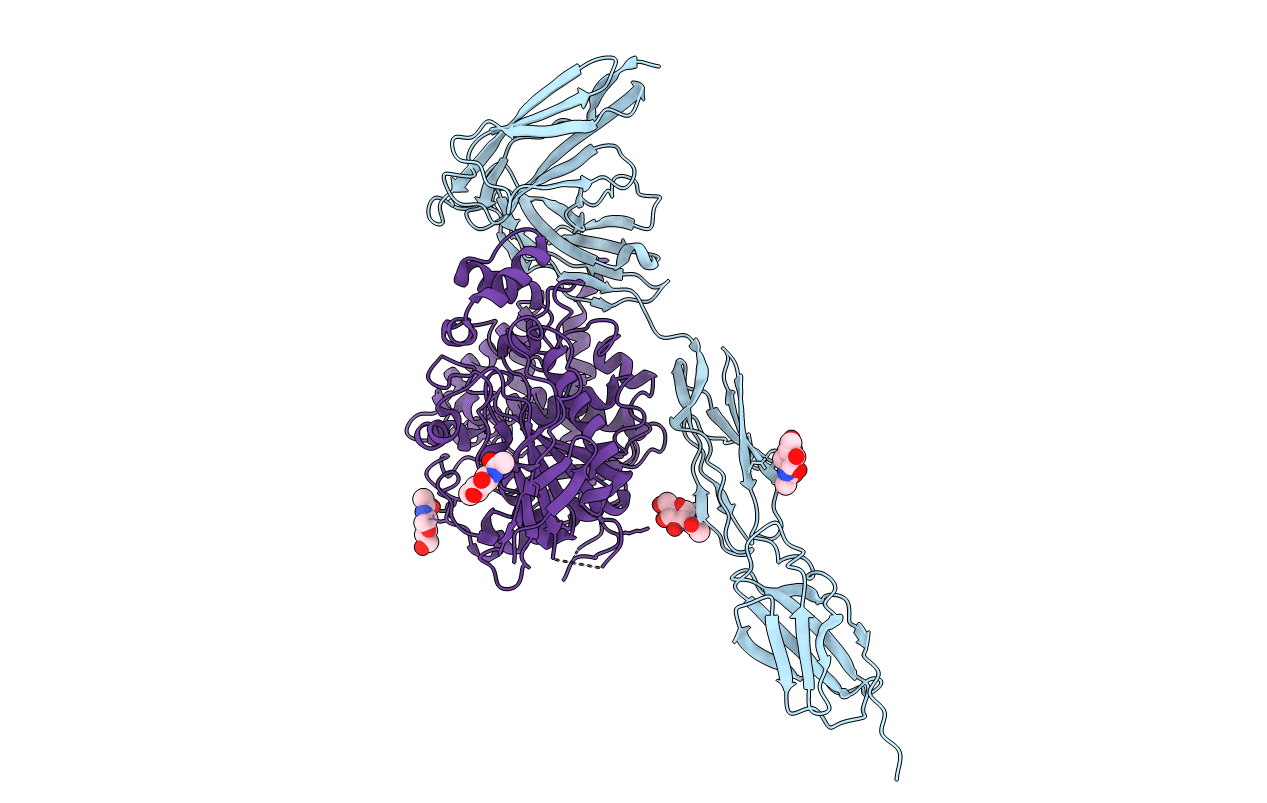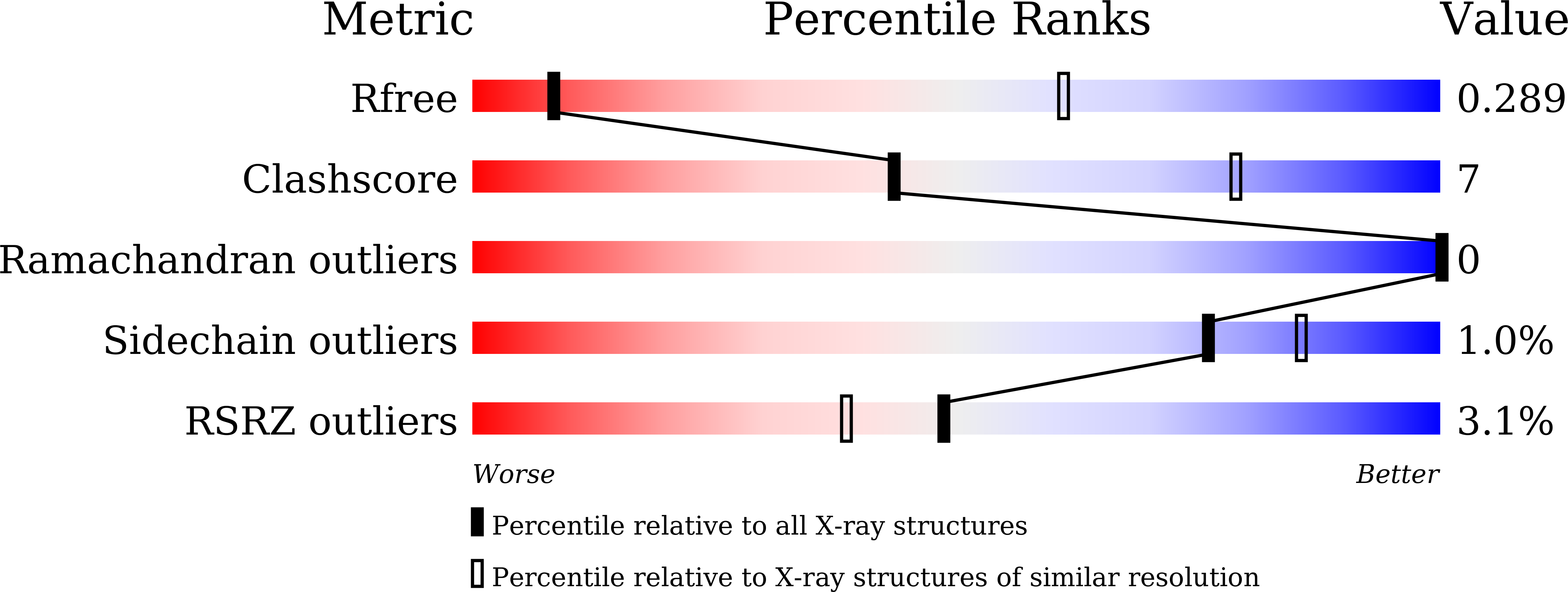
Deposition Date
2020-06-23
Release Date
2021-02-24
Last Version Date
2024-11-20
Entry Detail
PDB ID:
7CEG
Keywords:
Title:
Crystal structure of the complex between mouse PTP delta and neuroligin-3
Biological Source:
Source Organism:
Mus musculus (Taxon ID: 10090)
Host Organism:
Method Details:
Experimental Method:
Resolution:
3.85 Å
R-Value Free:
0.28
R-Value Work:
0.25
R-Value Observed:
0.25
Space Group:
P 32 1 2


